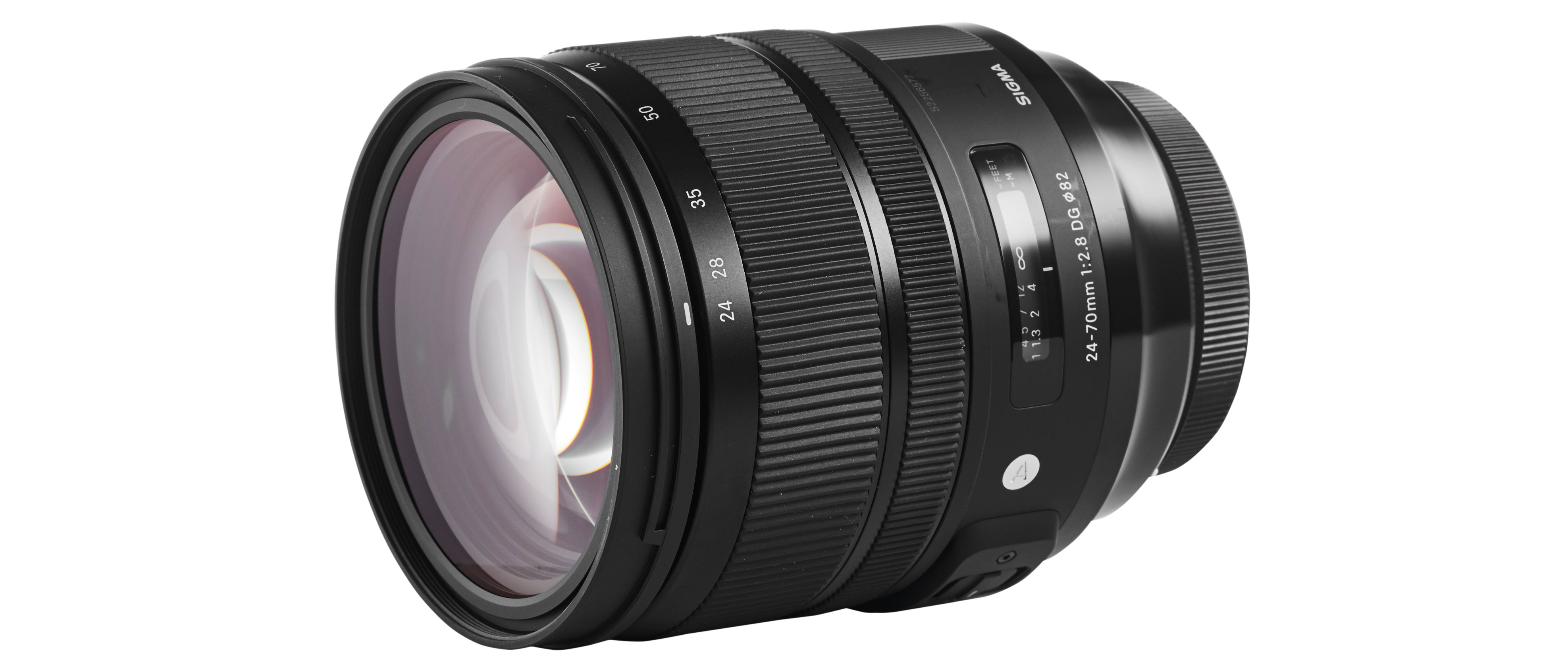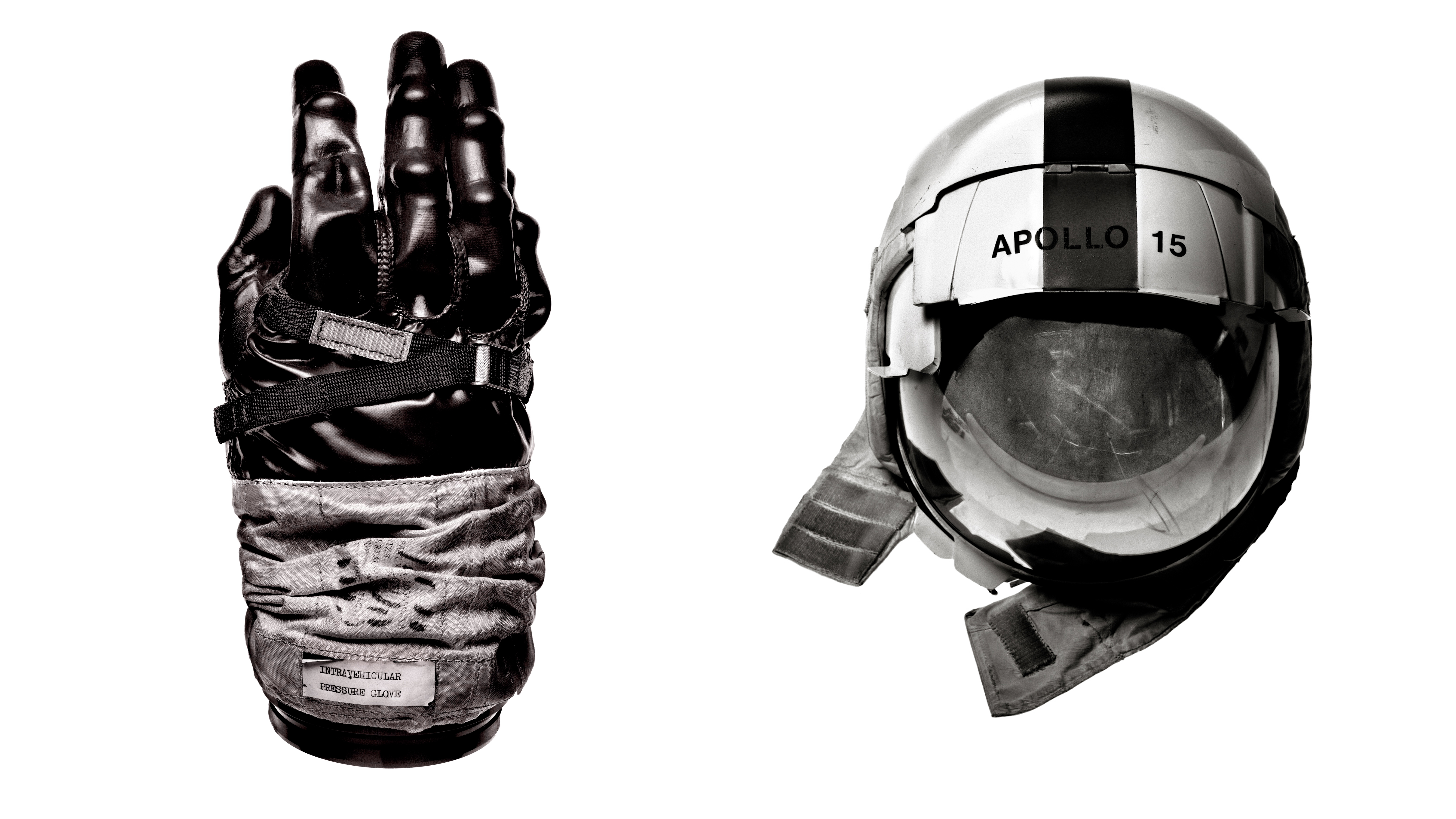Digital Camera World Verdict
Sigma has created a beautifully engineered standard zoom with the 24-70mm f/2.8 DG OS HSM | A, which more than earns its “Art” moniker. Image quality is simply superb, with excellent sharpness, high contrast and gorgeous bokeh, and there are also useful autofocus options, including a manual override for quickly taking direct control. A four-stop optical stabiliser rounds out a hugely impressive package, and makes this lens a quality choice for practically any photographer.
Pros
- +
Exceptional image quality
- +
Four-stop stabiliser
- +
Well built and sturdy
Cons
- -
Quite heavy
Why you can trust Digital Camera World
Sigma’s ‘Art’ line lenses have earned excellent reputations, although most are wide-angle primes and zooms. This is Sigma’s first 24-70mm zoom in the Art category. As such it’s a direct competitor not only to Canon’s older 24-70mm f/2.8 lens, but also to the Tamron SP 24-70mm f/2.8 Di VC USD G2 lens. So how does this standard zoom stack up compared to its competition? We put the Canon-fit version through its paces to find out.
Although it’s not a fully weather-sealed lens, the Sigma has a rubber seal on its mounting plate and the overall construction feels fabulous, based on a sturdy metal barrel and brass mounting plate. Zoom and focus rings are smooth in operation, and the ring-type ultrasonic autofocus system is speedy and accurate. Autofocus comes with switchable options for regular manual override, plus manual-priority autofocus. With the latter, manual override works without the need to wait for AF to lock onto a subject, as well as being available in AI Servo mode.
A crucial advantage over the Canon 24-70mm f/2.8 lens for handheld shooting is that the Sigma features an effective, four-stop optical stabiliser. A downside, however, is that at 1,020g, the Sigma is 200g heavier than the Canon.

Performance
Image quality is simply stunning, combining superb sharpness and contrast with beautiful bokeh. Colour fringing and distortions are minimal, and vignetting is quite low for this class of lens. The lens can also take advantage of automatic corrections in recent Canon cameras, although if you buy an early example of the lens, you might need a firmware update which can be applied via Sigma’s optional USB Dock.
The optical path of the lens includes three SLD (Special Low Dispersion) elements and four aspherical elements, which is what makes that image quality so good. A rubber gasket on the mounting plate also prevents the ingress of dust and damp, making the lens rugged and ready for outdoor shooting. Whether you’re planning on photographing landscapes, events, sports or whatever else, this useful standard lens will more than meet your requirements.
Read more:
Matthew Richards is a photographer and journalist who has spent years using and reviewing all manner of photo gear. He is Digital Camera World's principal lens reviewer – and has tested more primes and zooms than most people have had hot dinners!
His expertise with equipment doesn’t end there, though. He is also an encyclopedia when it comes to all manner of cameras, camera holsters and bags, flashguns, tripods and heads, printers, papers and inks, and just about anything imaging-related.
In an earlier life he was a broadcast engineer at the BBC, as well as a former editor of PC Guide.



